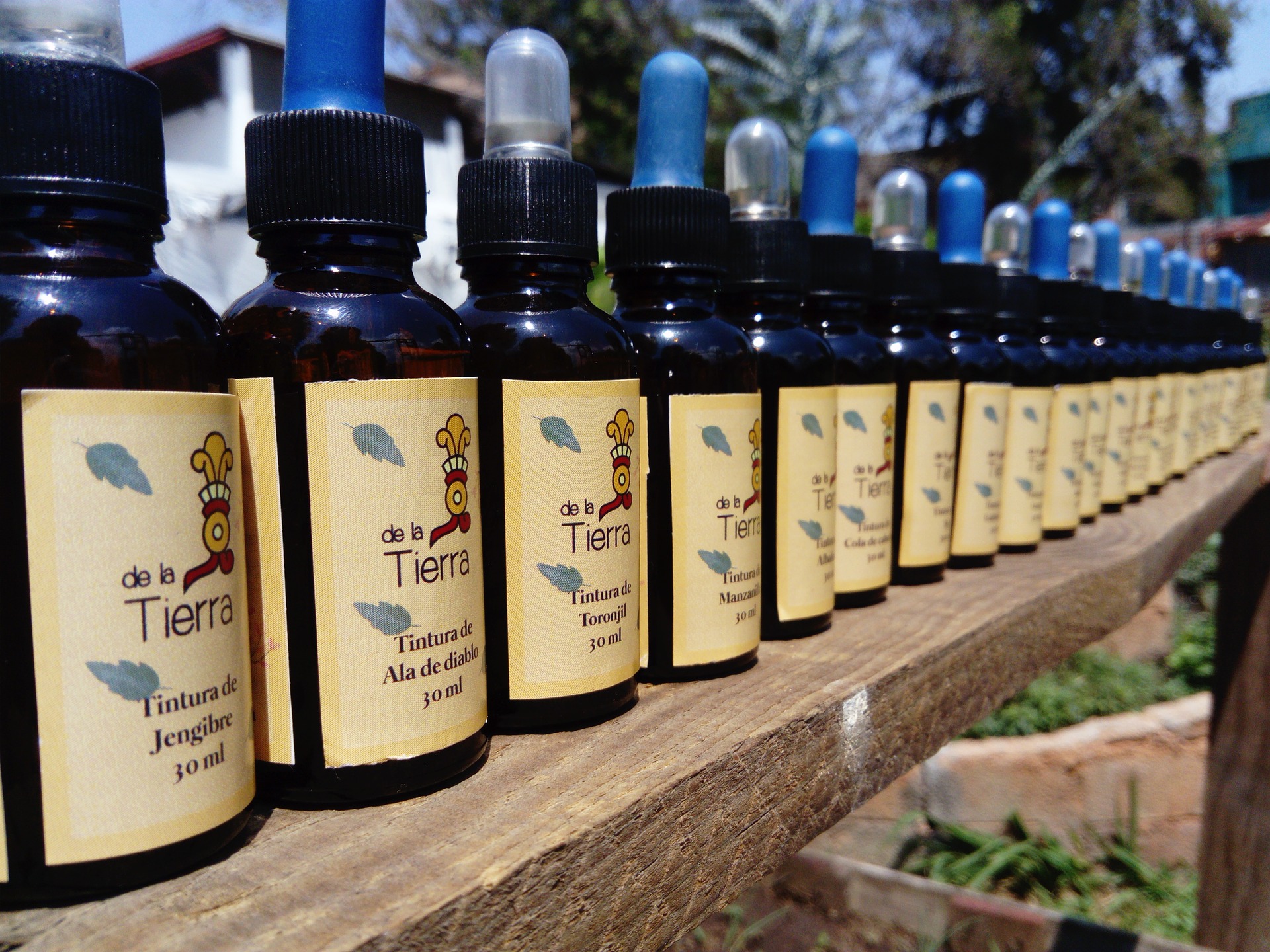Thanks to its health effects, kratom has gained a lot of popularity over the past few years. Millions of people are using this herbal remedy from Southeast Asia for many ailments and conditions, ranging from anxiety and depression to pain. It is also a great energizer and it helps people cope with the symptoms of opiate withdrawal. Adding other substances to kratom can enhance its effects and allow users to consume lower doses, which prevents tolerance. In this post, we will explain how to mix kratom and valerian root, another natural product with relaxing and analgesic properties.
Properties of Kratom
Kratom is a tall tree that grows in tropical regions of Southeast Asia. Its scientific name, Mitragyna speciosa, refers to its main active element, alkaloid mitragynine. Kratom’s alkaloids (including mitragynine, 7-hydroxymitragynine, and more than 20 other alkaloids) act on the nervous system and bind to the opioid receptors in the brain. However, don’t let this fact baffle you. Unlike opioids, kratom does not cause the respiratory depression that is responsible for death in many overdoses cases and the risk of addiction is virtually nonexistent. Also, thanks to this action, kratom provides effects similar to those of opioids and opiates, and is a helpful remedy for:
- Pain
- Anxiety
- Depression
- Fatigue
- Insomnia
- Lack of concentration
- Symptoms of opiate withdrawal
Indeed, kratom is a powerful product. It has become a life-saver for millions of people suffering from depression, anxiety, fibromyalgia, chronic pain or arthritis, among other conditions. And it is helping many individuals recovering from an addiction.
Properties of Valerian Root
Valerian (Valeriana officinalis) is a perennial plant in the Caprifoliaceae family native to Europe and Asia. The active elements of the valerian plant are found mostly in its roots, which contain alkaloids, essential oils and other ingredients that have relaxing and analgesic properties.
Valerian root is one of the most popular natural remedies to treat insomnia and anxiety. In fact, back in Ancient Greece and Rome (almost 3,000 years ago), people already used the root of valerian for insomnia.

The active elements of valerian root have a mechanism of action similar to that of benzodiazepines since they both promote the release of neurotransmitter GABA (gamma-Aminobutyric acid), responsible for reducing neuronal excitability. As a result, valerian root is very effective in treating anxiety, stress, and insomnia. Of course, valerian root is milder than benzos, and so are its side effects (and they are not dangerous). Also, valerian does not have benzos’ potential for addiction. Valerian root also has analgesic properties and even improves your mood by producing euphoric effects. Thanks to these properties, valerian root is also helpful for treating pain and depression.
Can I Mix Kratom and Valerian Root?
Yes, you can mix kratom and valerian root. Many kratom users report that by mixing these products the relaxing effects of kratom are enhanced. They also notice an improved feeling of well-being thanks to the euphoric properties of both plants. That said, other users claim that they do not notice any enhancement or improvement when combining kratom and valerian root.

Needless to say, the only way of knowing if the combination kratom and valerian root works for you is by trying it yourself. Nevertheless, if you want to give a try to this mixture, it is recommendable you take certain precautions: don’t forget that both products act on the nervous system and have similar effects. Therefore, combining them can have unpleasant side effects.
How to Mix Kratom and Valerian Root
The first thing you need to consider before mixing kratom and valerian root is the dosage. Both valerian root and kratom have relaxing effects that in high doses can be sedative. Therefore, in order to avoid drowsiness and sedation, it is better to consume moderate doses of both products. Also, kratom shares some side effects with valerian root, such as nausea, headache, or dizziness, which is another reason to be conservative with the dose. Moreover, one of the advantages of mixing kratom and valerian root is that you actually can use a lower dose of Mitragyna.
Furthermore, you must decide how and when you want to ingest valerian root when using it with kratom. You can find valerian root in capsules, tincture, and even tea. Most users recommend tincture, as it is more potent than capsules and the tea tastes just horrible. Regarding when to take the valerian root, some users ingest it 40 – 45 minutes before kratom. However, most of them mix them and consume them together.
Best Kratom Strains to Mix with Valerian Root
Another factor to bear in mind is the kratom strain you want to mix the valerian root with. White kratom strains are more energizing and stimulating, so they are not the best choice if you are looking for relaxation or want to fight insomnia. Green and red strains are more recommendable kratom varieties for this combination. Green strains are the best to achieve euphoria, but at the same time have calming and analgesic properties. No doubt, red strains have the most potent relaxing effects and are also the best for relieving pain. Nonetheless, if you opt for mixing red kratom and valerian root you must be very careful with the dose. This combination could produce an undesired feeling of sedation and drowsiness.
Mixing kratom and valerian root is not effective for everybody. But if it works for you, it will allow you to use lower doses of kratom and could even delay and reduce your tolerance level to the product. If you’ve already tried this combination, feel free to share your experience with us in the comments section below.




Yes
Yes the combination of gold bali and valerian root is good. For me.